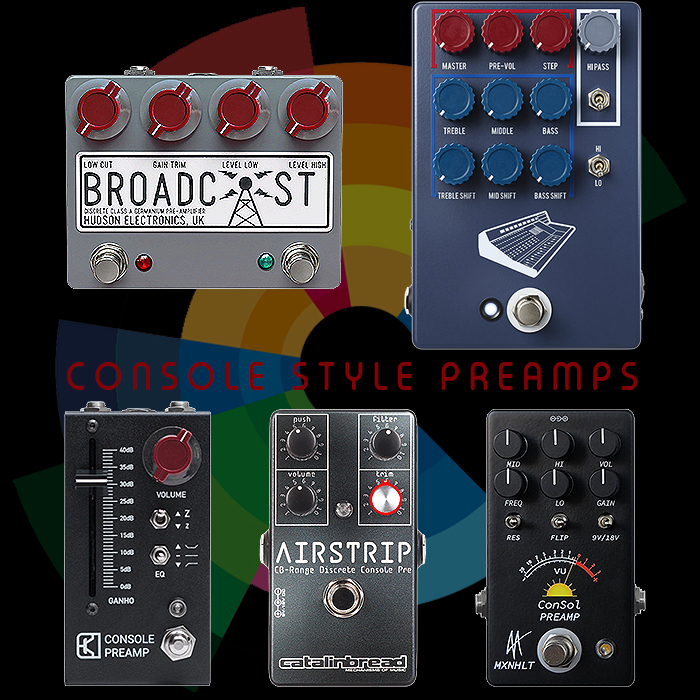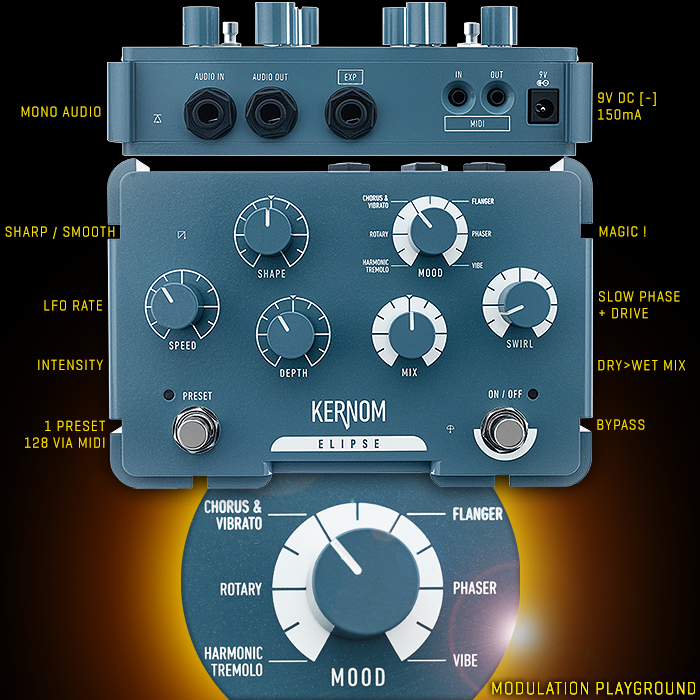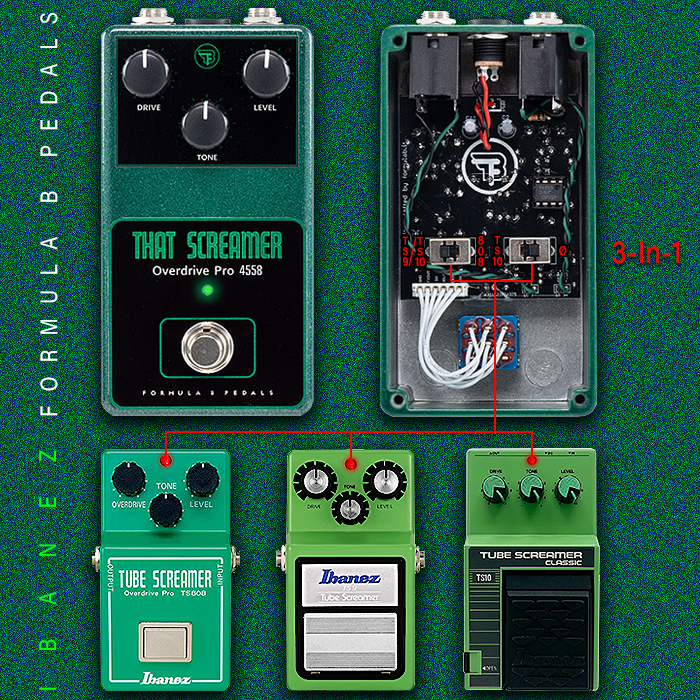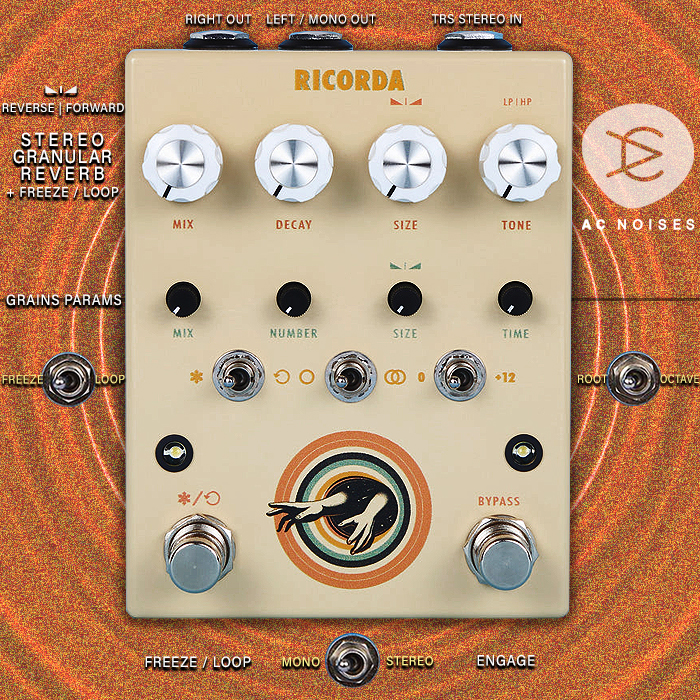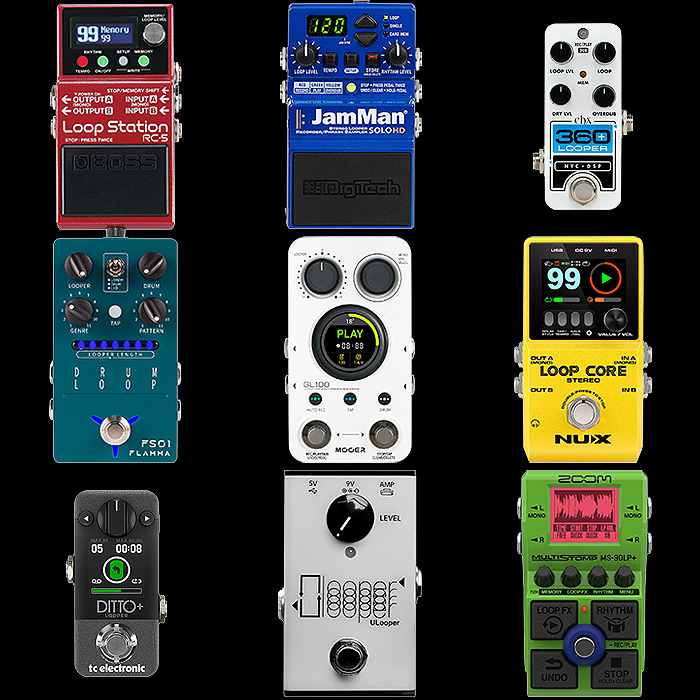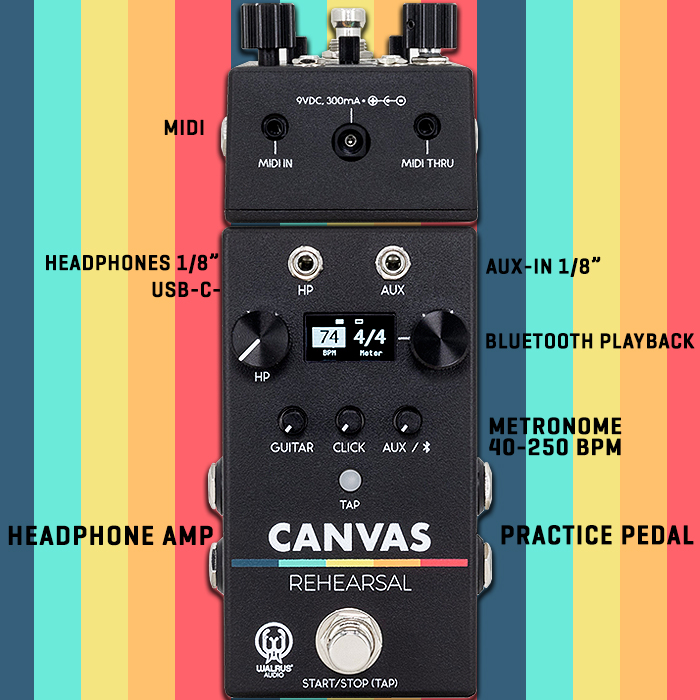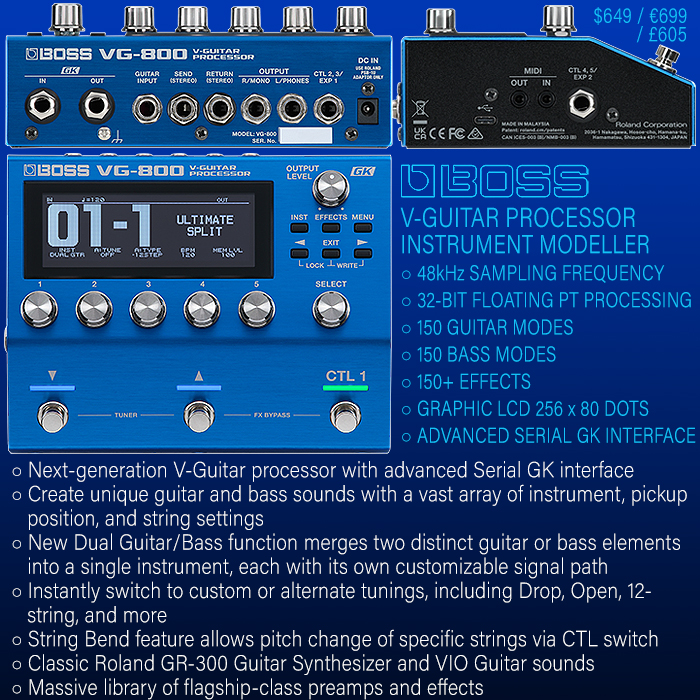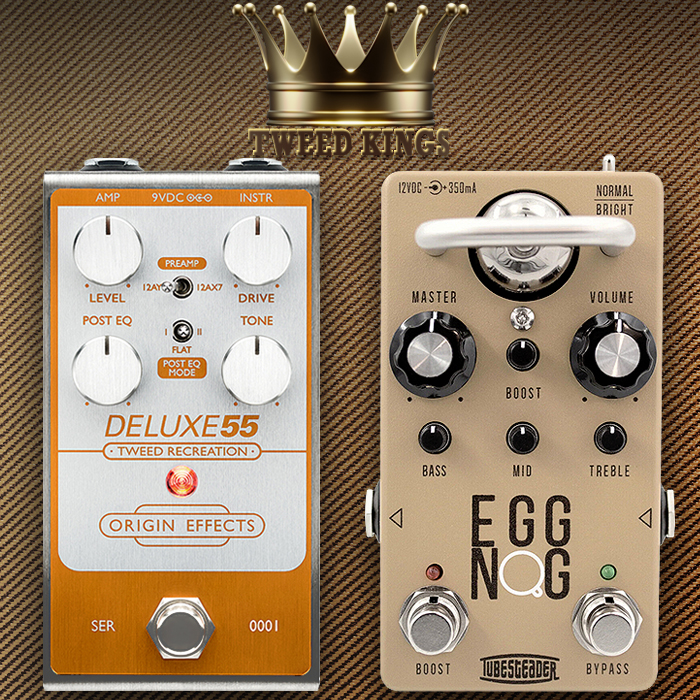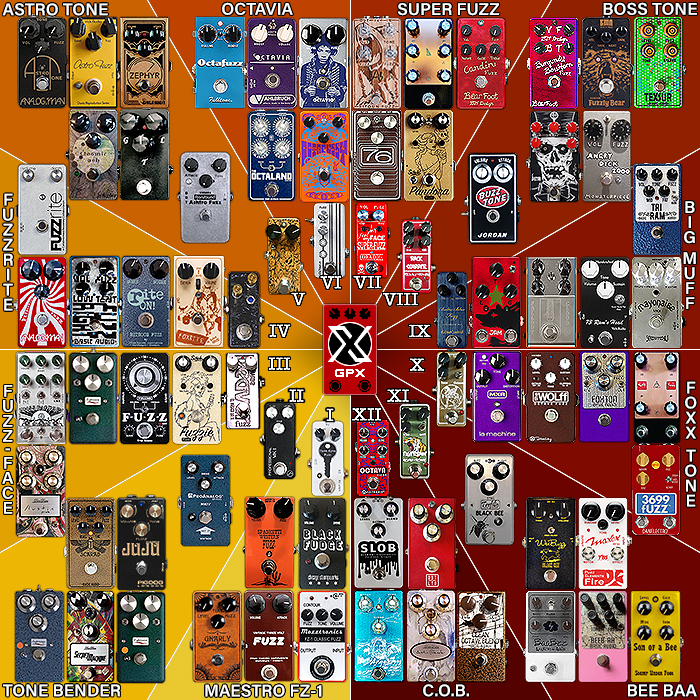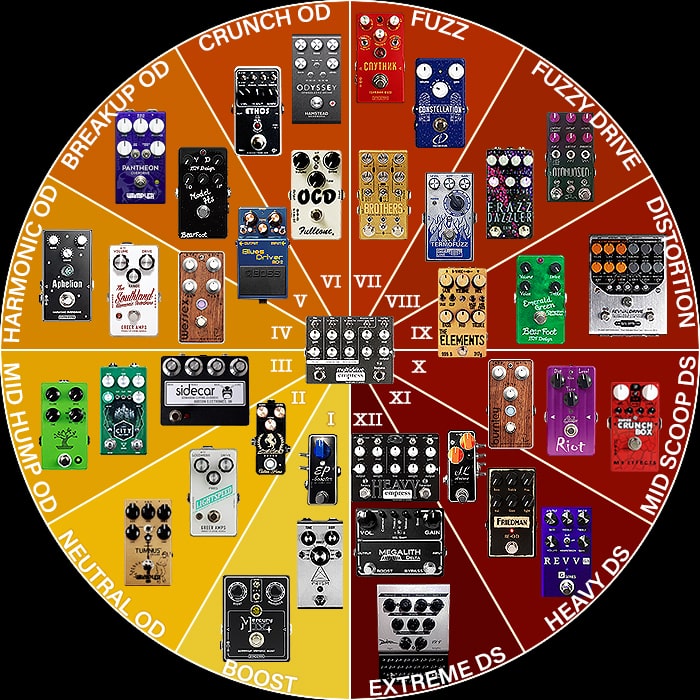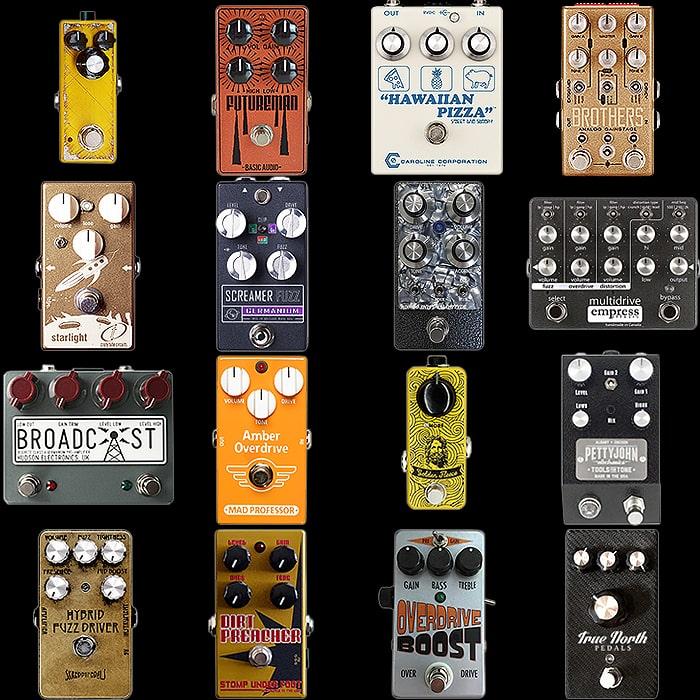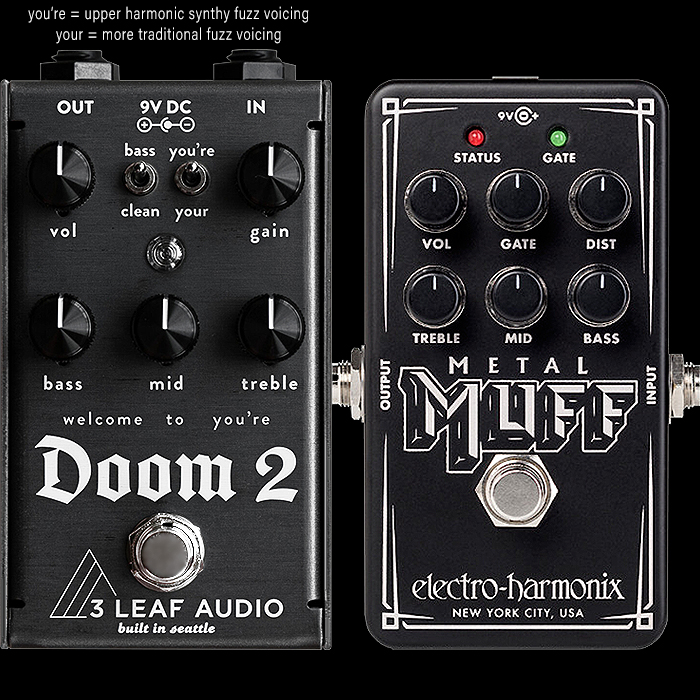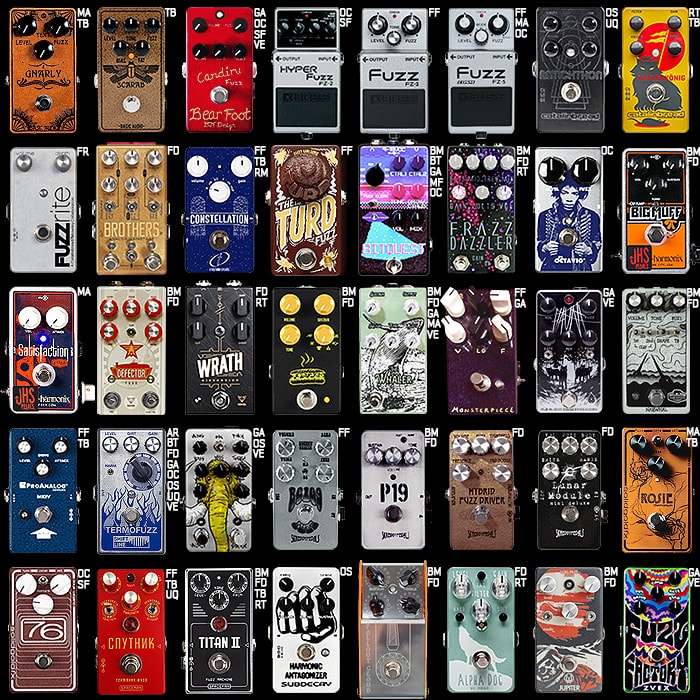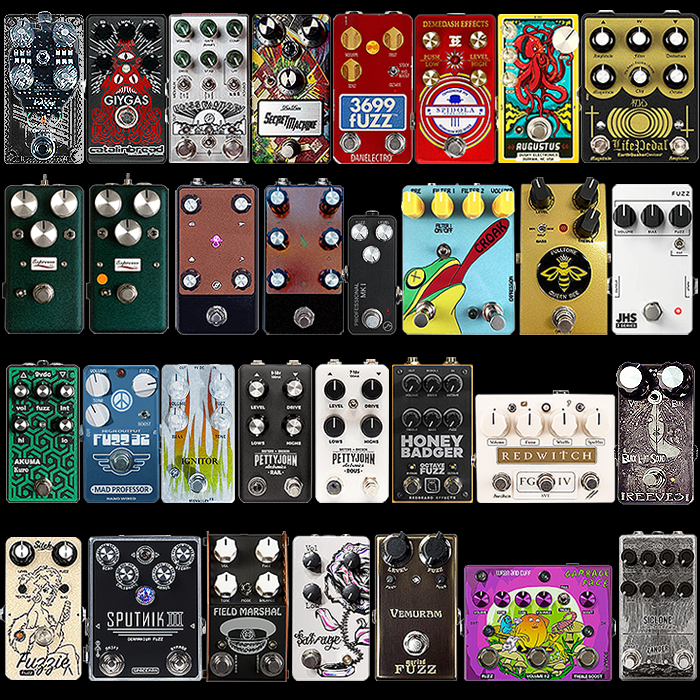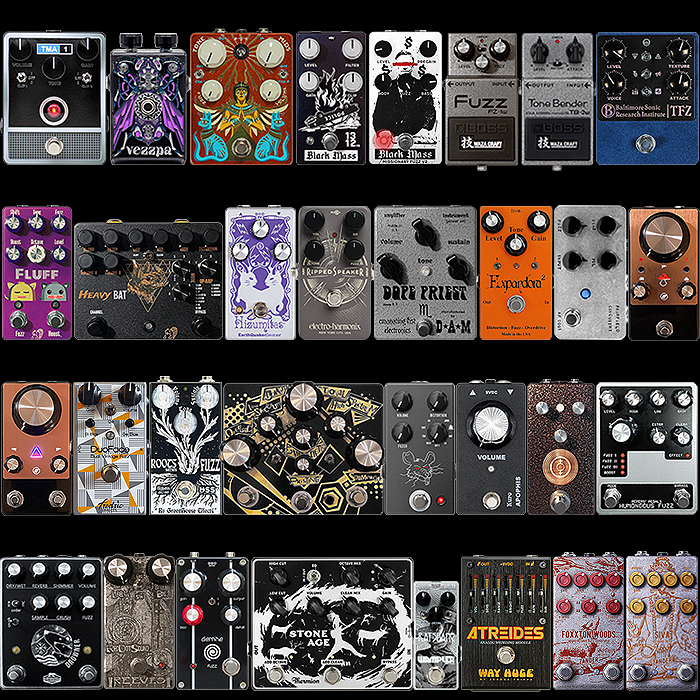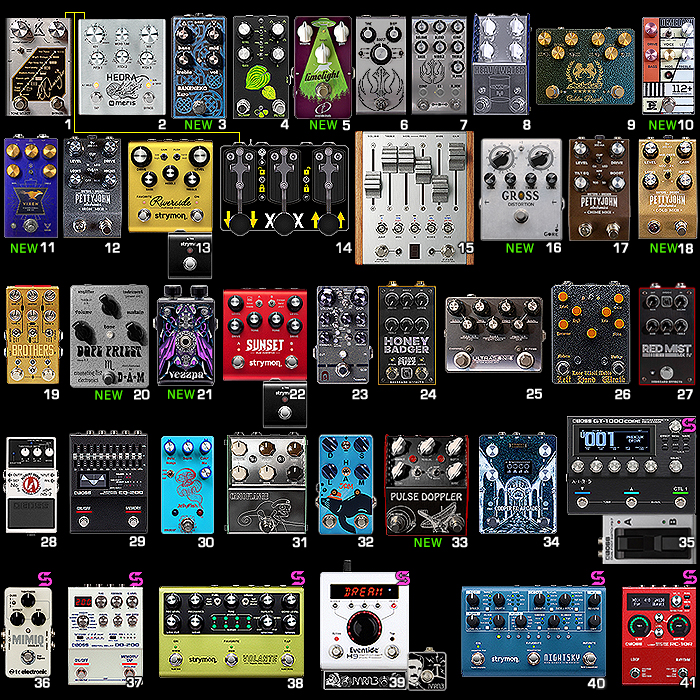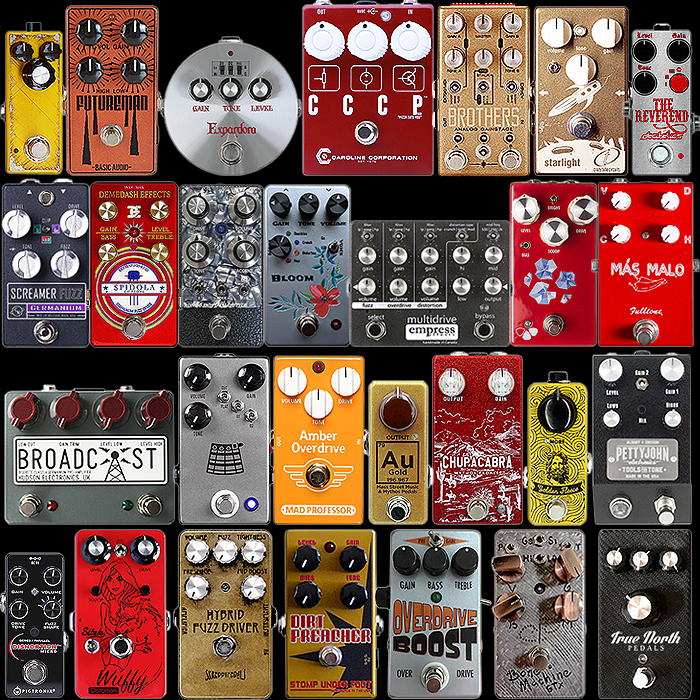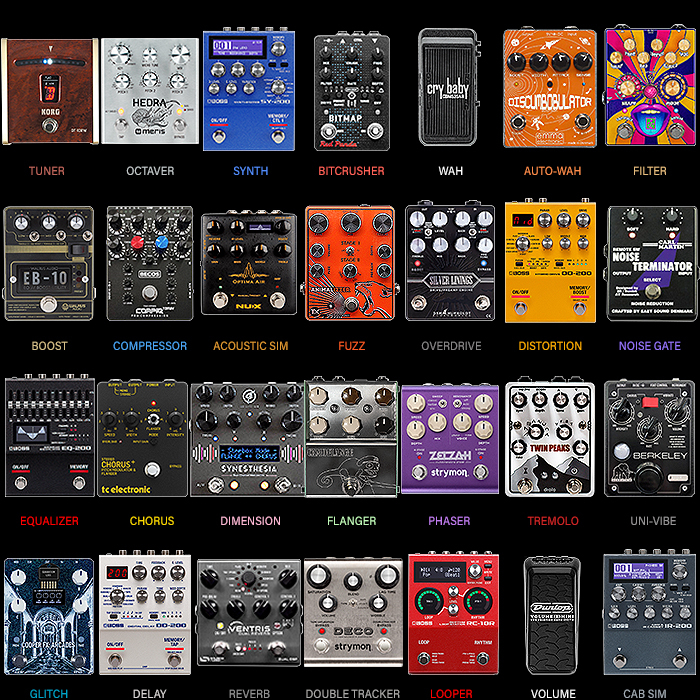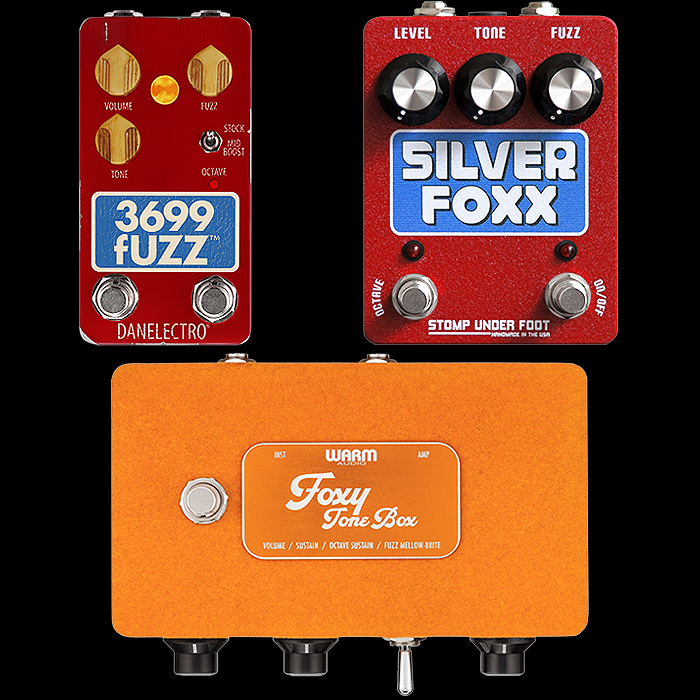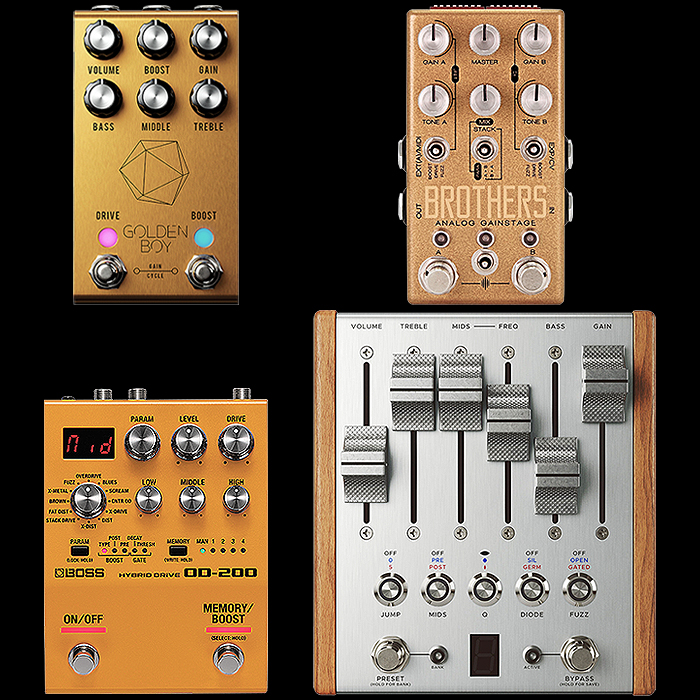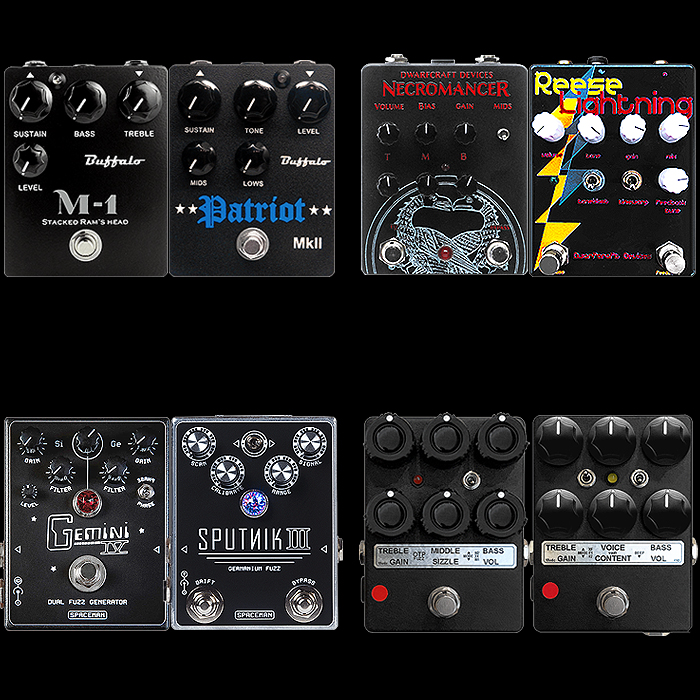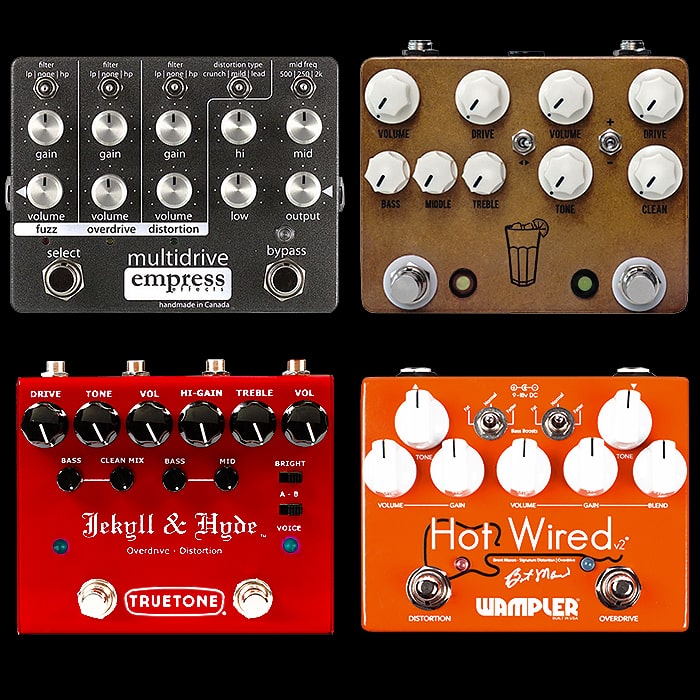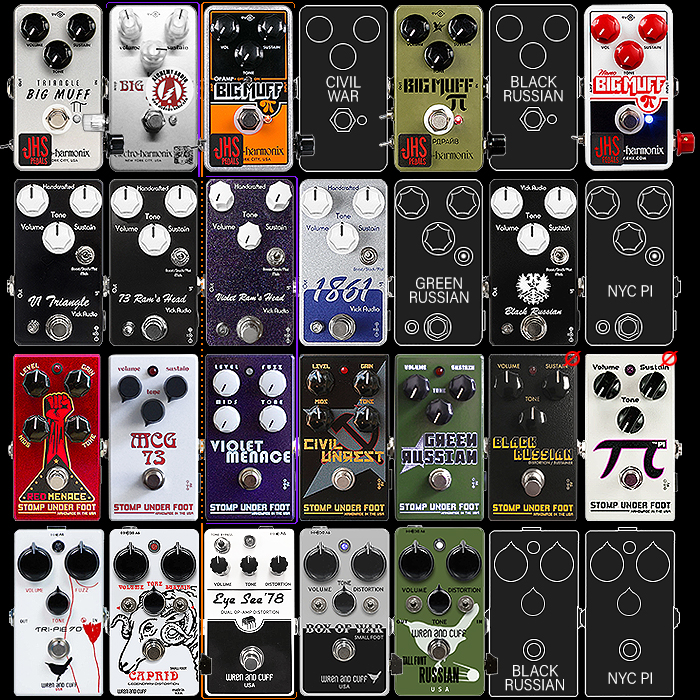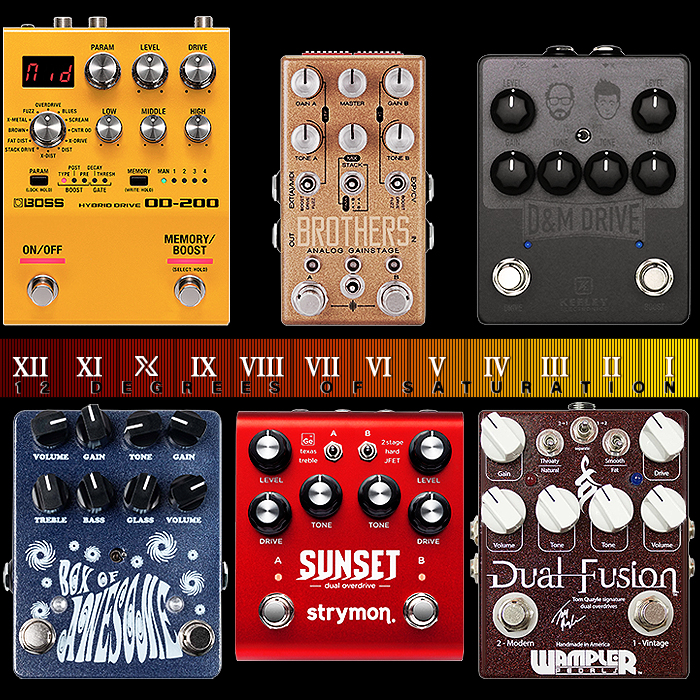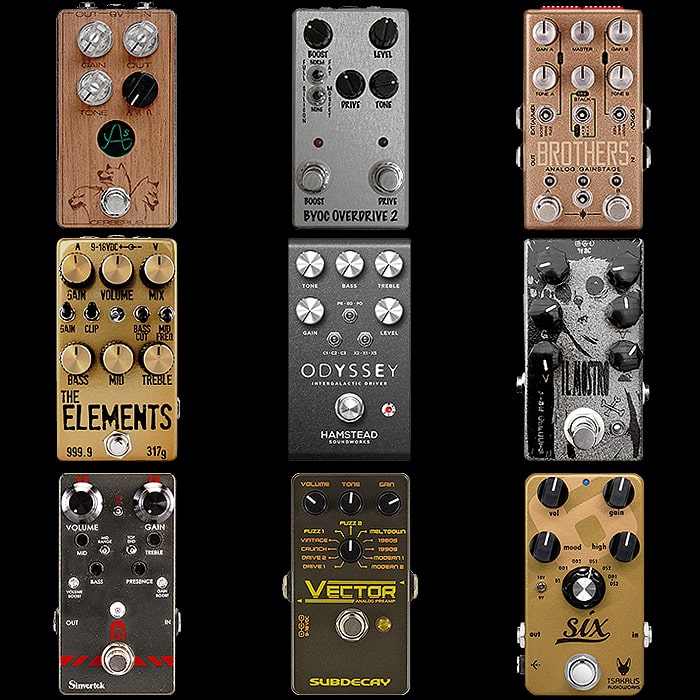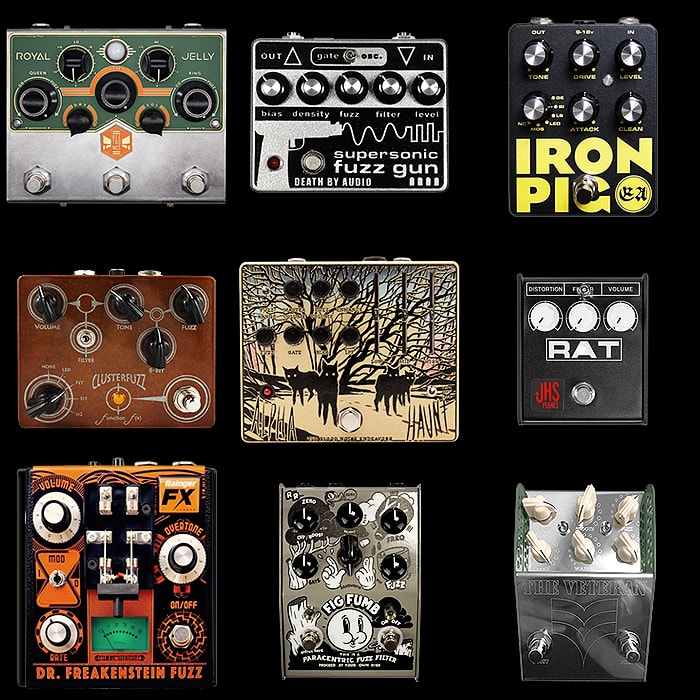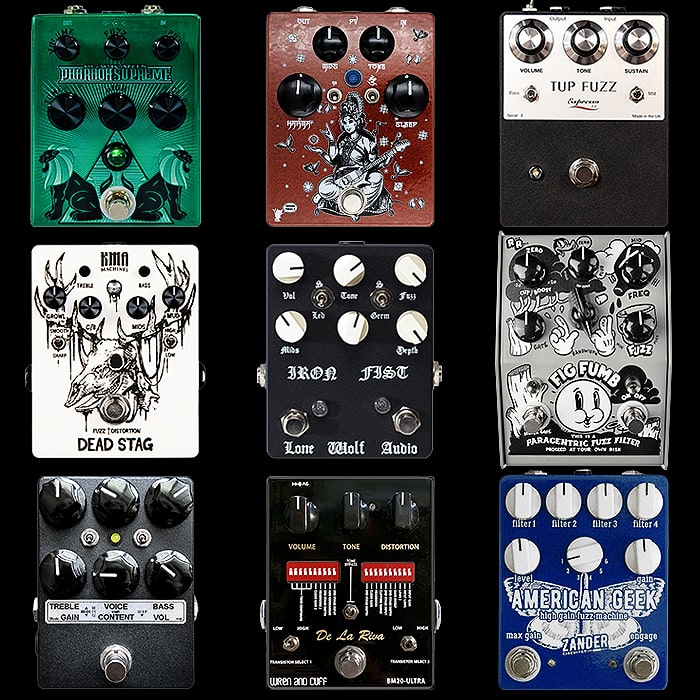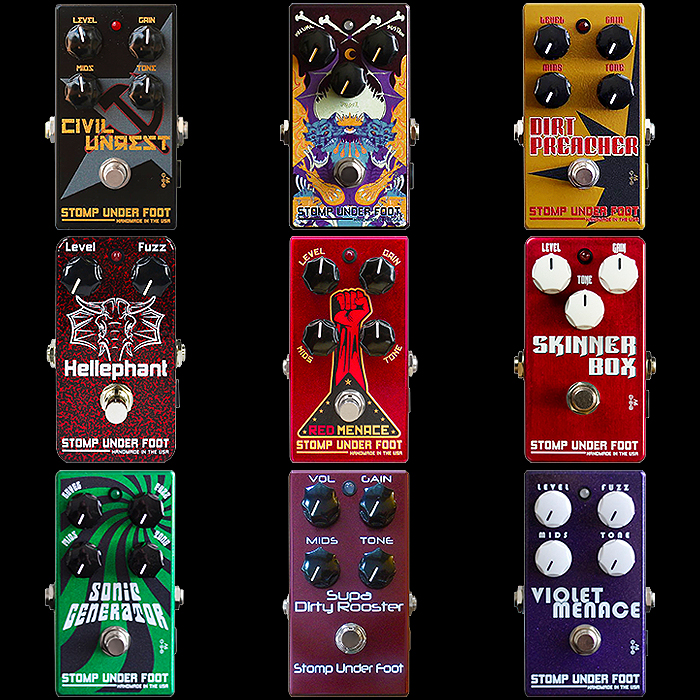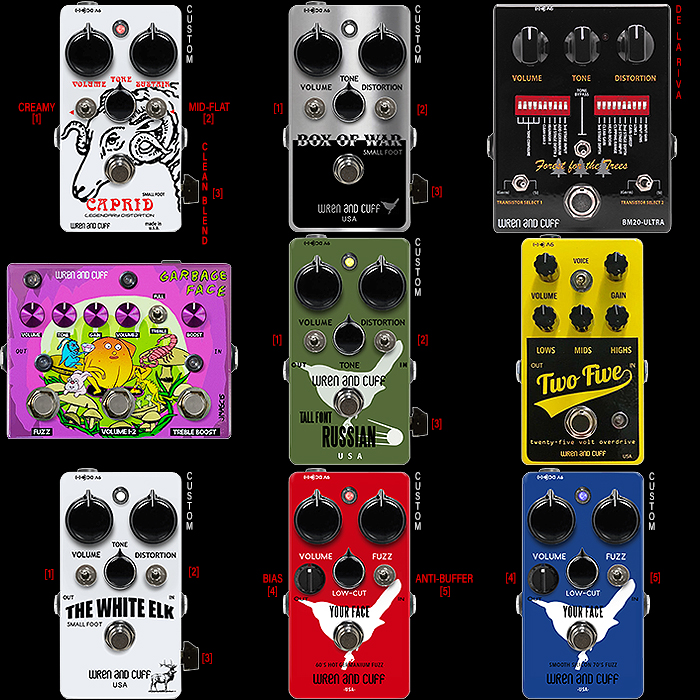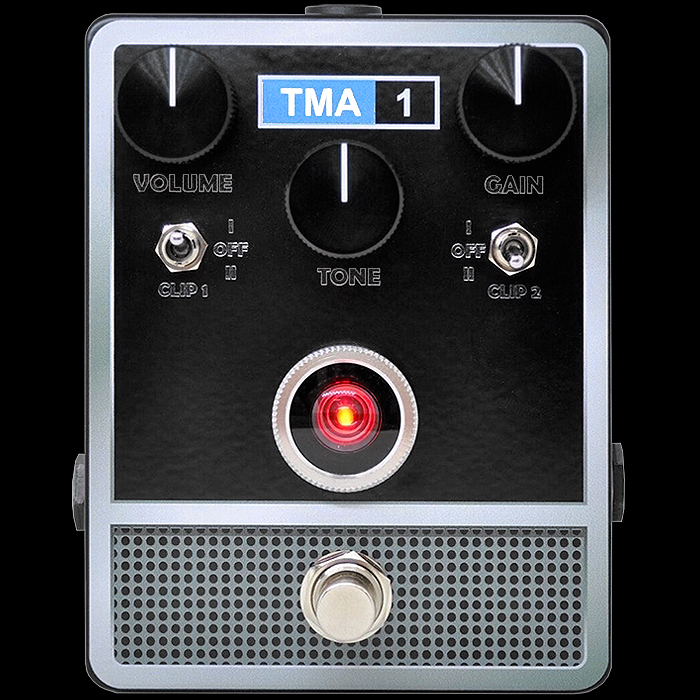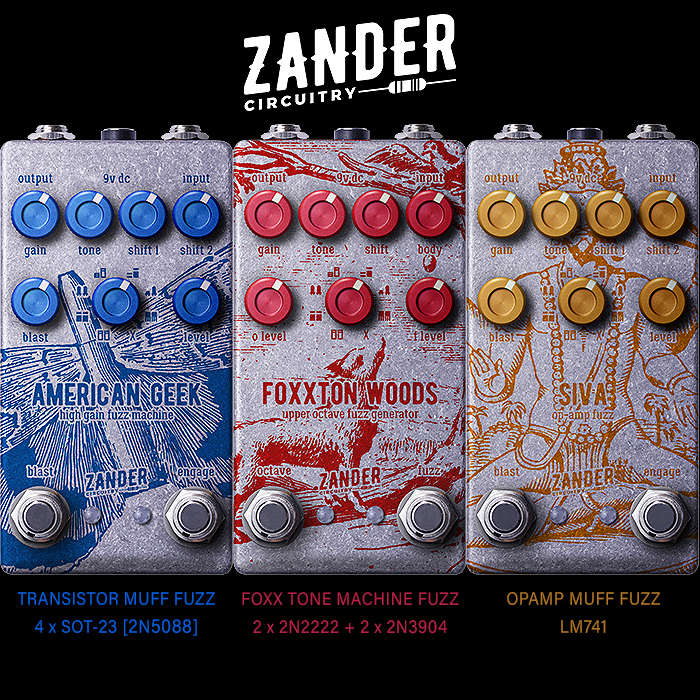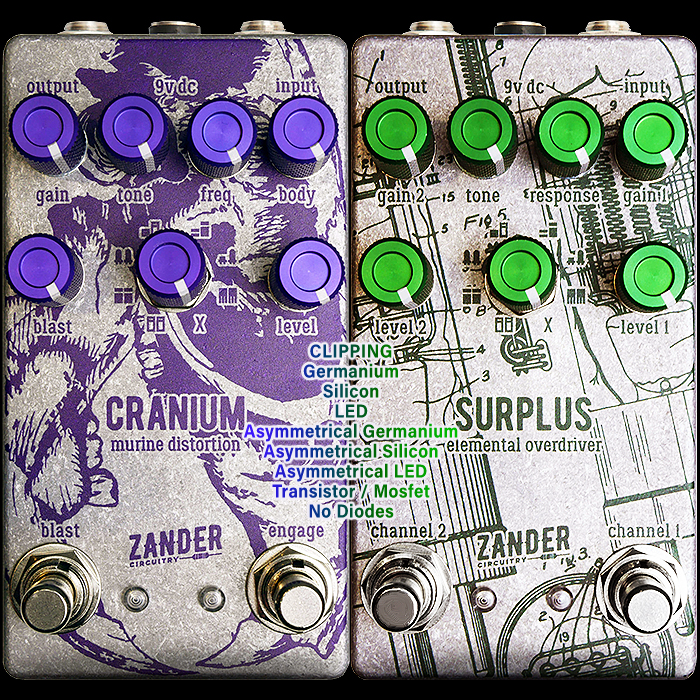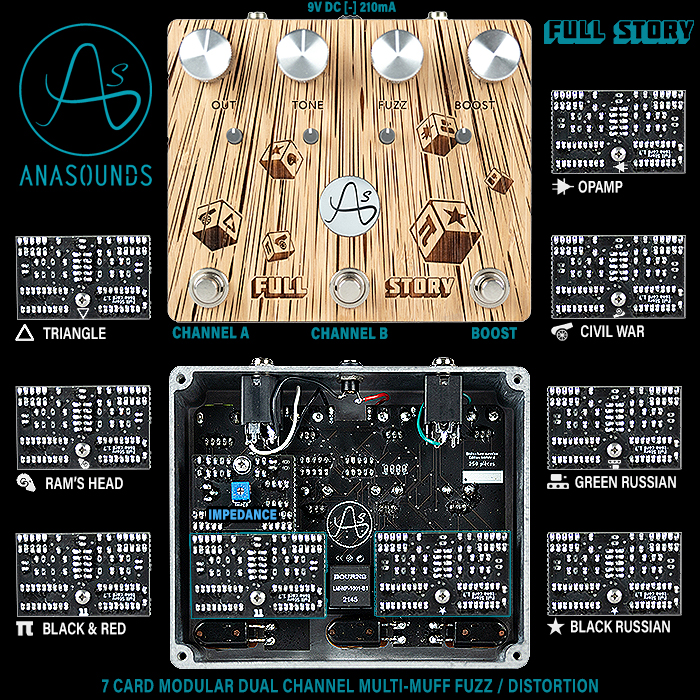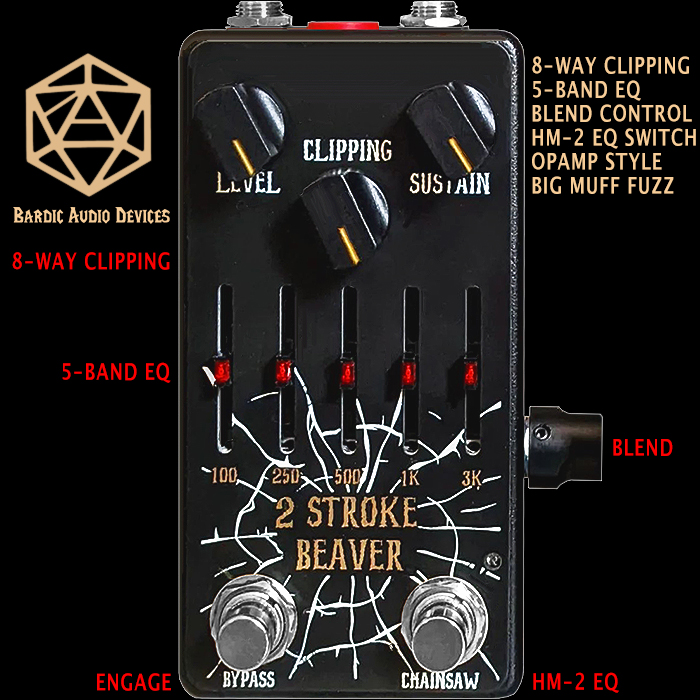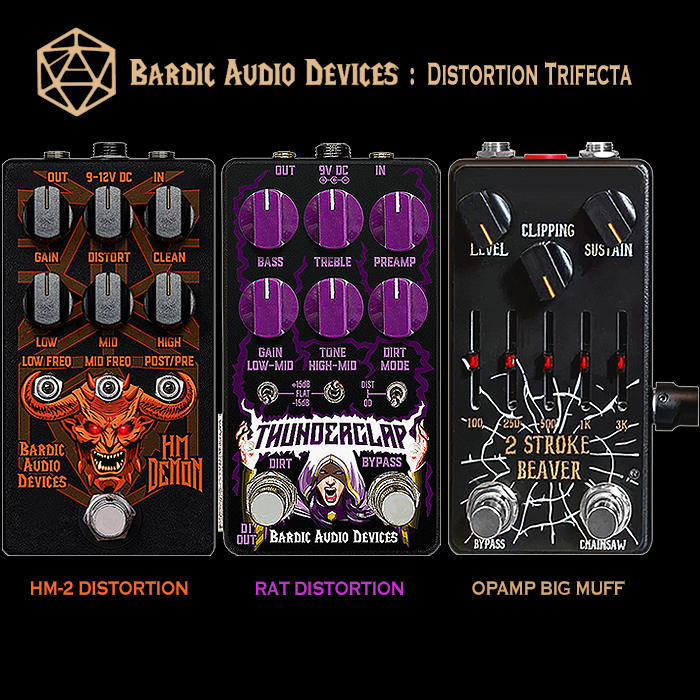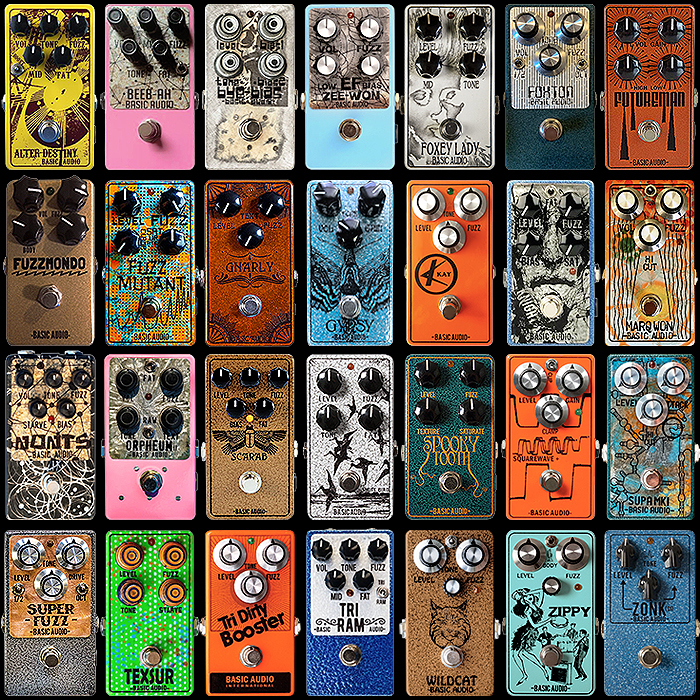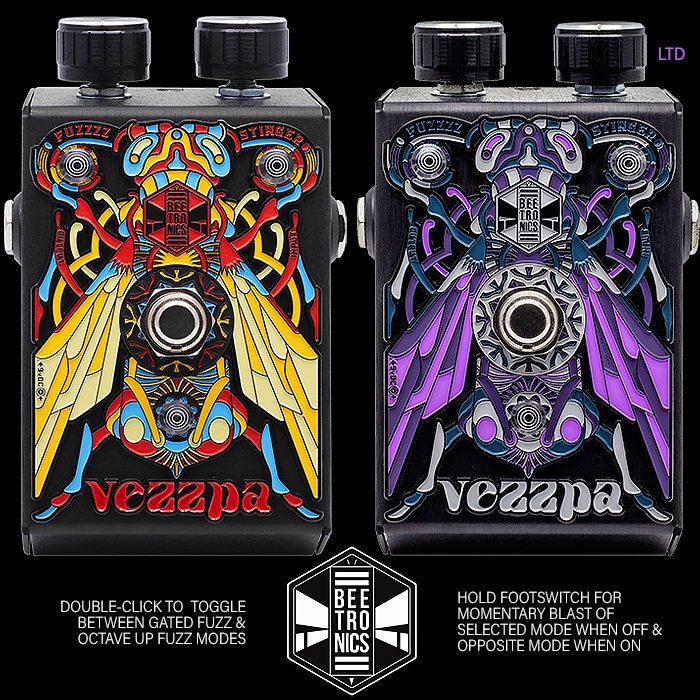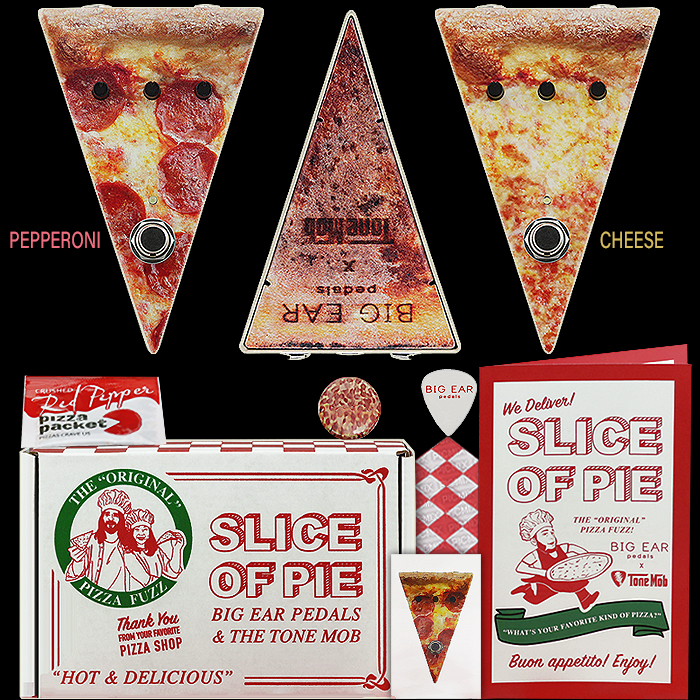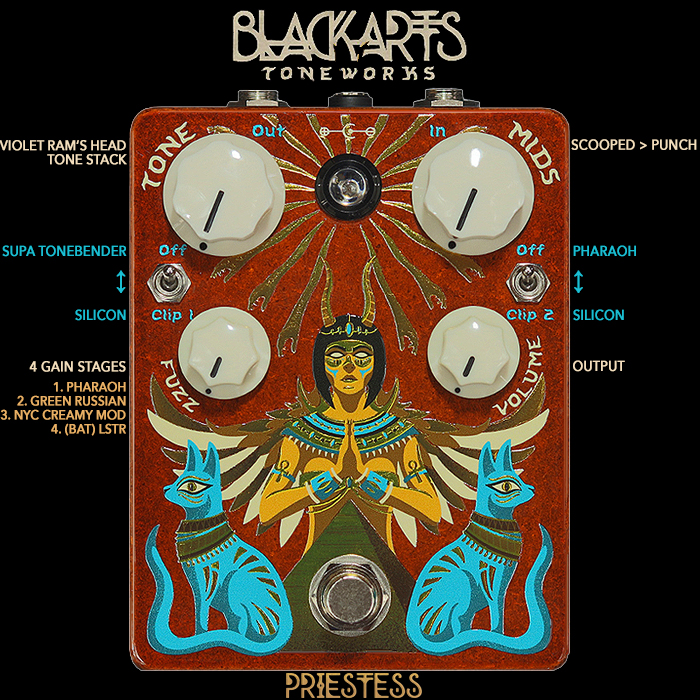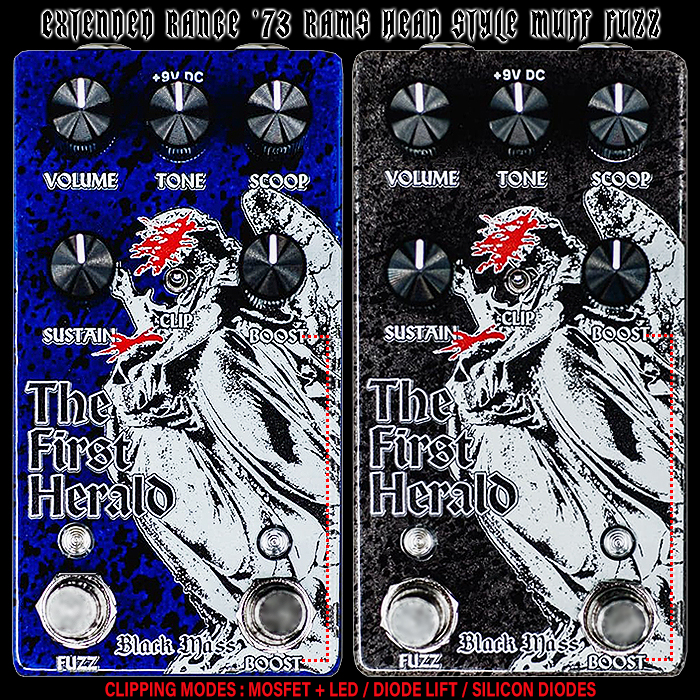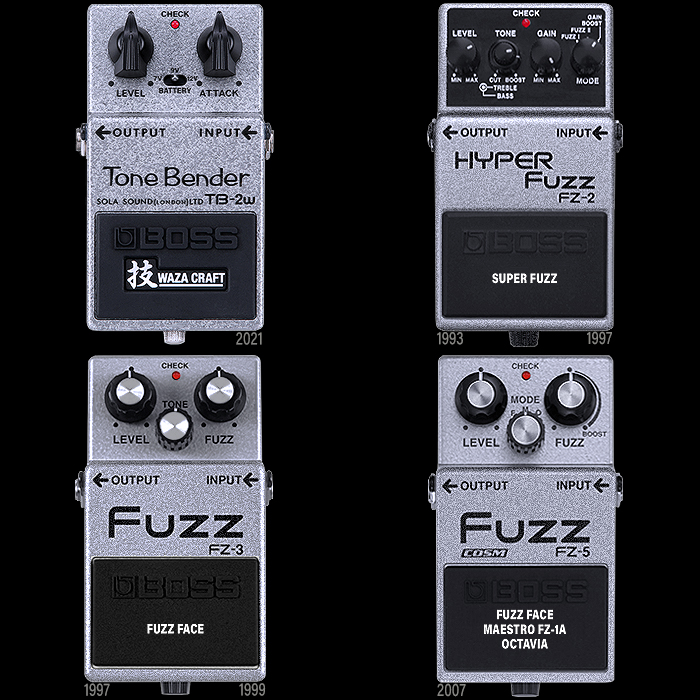Ricardo Cabecas of TX Pedals Delivers the Ultimate in Versatile MufferFuzzer with his Extended-Range Animalizzer Fuzz, Boost, Overdrive and Distortion Pedal

I am a little late to the Animalizzer - which Ricardo ’Rikk’ Cabecas officially launched in May of last year. Readers will know I’m a big fan of extended-functionality and extended-range pedals in particular. And the Animalizzer is pretty much definitely the most shapable of all the different Muff types out there in the wild - certainly at this size of enclosure.
In fact so shapable is the Animalizzer that it can be used as a sort Boost, Overdrive and Distortion in addition to the various Muff-style Fuzz voicings. You have no less than 9 controls at your disposal - including 3-Band EQ, and multiple Clipping options for Gain Stages I and II. On the left are also the classic Volume and Fuzz (Gain/Sustain/Saturation) controls. While the two right hand knobs can be the most impactful - Pre-Gain and Depth.
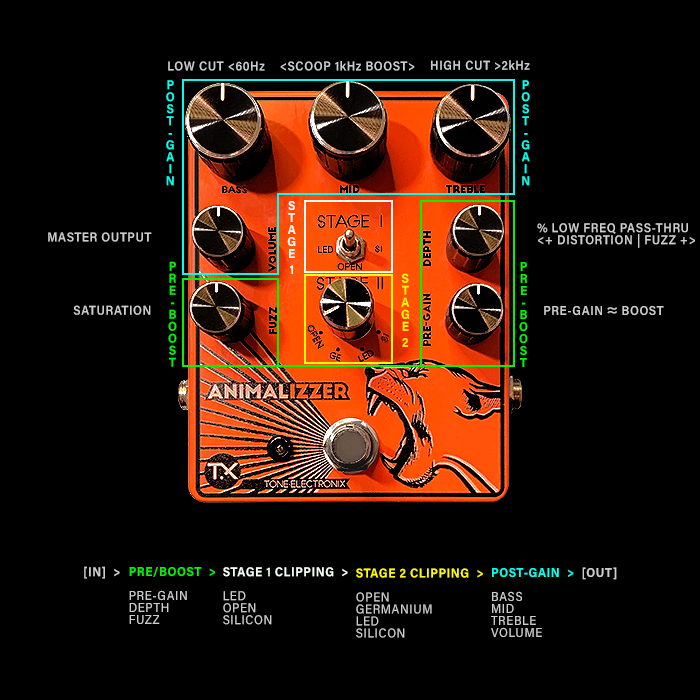
Per the above visual you are best approaching this pedal along 4 sequential functional areas - here labelled as Pre/Boost, Stage 1 Clipping, Stage 2 Clipping and Post-Gain.
PRE/BOOST
The 3 elements of the Pre/Boost / Pre-Gain section are Pre-Gain (which can really be viewed as a boost), then Depth (Amount/Degree of Low Frequencies you feed into the circuit / a sort of pre-gain EQ therefore), and of course Fuzz - which is the main Gain/Sustain/Saturation control.
Those three knobs together really determine the core breakup character and what type of output you will get. A lot of the Fuzz harmonics are generated when Depth is maxed out and you get interesting textural clipping on those boosted low frequencies. While the Pre-Gain can really be viewed as a front-end Boost. Such that when both Depth and Pre-Gain are dialled down and the Fuzz control is before the mid-way point, then you get really satisfying overdrive tones. If the Depth dial is all the way left and the Pre-Gain is maxed - you're into Distortion. Keep everything neutral and have all three of those controls dialled down - well then you get a boost.
With just those 3 knobs there is an enormous degree and versatility of texture and tone shaping already.
STAGE 1 CLIPPING
I think everyone is familiar with the key clipping options for fuzz, and the use of Red LEDs and Silicon Diodes in particular. What's special about the Diodes that Rikk has diligently selected here is that they have minimal impact on output volume. Normally when you deploy clipping diodes you suffer an obvious and typically significant fall in volume - while that's not really an issue here.
Obviously applying different clipping options results in both changes to texture and saturation as well as some re-emphasis in EQ - often with more Bass response - meaning you sometimes need to tweak the EQ a little to get back to your sweet-spot tonality.
You obviously get significant differences in texture by deploying Stage I in Open position, and Stage II with Diodes assigned - or vice versa. So with the combination of the two different clipping stages and the 3 Pre/Boost controls you near enough have infinite variety - certainly everything you need to cover the 7 essential varieties of Big Muff.
STAGE 2 CLIPPING
Pretty much the same as Stage 1 - but with the addition of Germanium Clipping Diodes too - for that nuanced, warm Germanium grit. As mentioned - you can run either of Stage 1 & 2 Open and then the other with diodes assigned, or combine both sets of diodes for even more interesting and robust textures - there's lots of fun experimentation to be had here with different combinations - some of which will need some tweaking in the Pre/Boost section too.
POST-GAIN
The final Post-Gain element comes after the pre/boost and gain stages and essentially tweaks and refines that output via 3-Band EQ and Master Volume. You will see in the diagram that I have referenced the key frequencies targeted by each of those 3 bands and most will find the EQ incredibly useful. There's also no shortage of output volume.
With the knobs starting at noon, then the Bass : cuts below 60Hz ; Mids : scoops ~1kHz ; and Treble : cuts above ~2kHz.
For most of my favourite Big Muffs I find it important for me to be able to control the Mid frequencies in particular - especially to give you more bite within a band mix. I typically look out for Big Muffs with additional Mid-frequency controls.
So in may ways the Animalizzer can be seen as a sort of gain-stage builder where you assemble and combine the core tone components via the first 3 sections, and then refine further with the 4th.
Demos and Sound Samples
Final Thoughts
This is definitely a pedal which requires some degree of patience to operate if you're going to get the most out of it - try experimenting with the right-hand dials Minimised as well as Maxed out first. Generally the more time you spend with the Animalizzer the more sweet-spots you discover - time spent really pays off.
In some ways it's perhaps not as instantly gratifying as simpler pedals with fewer controls - but there really is nothing else out there with this level to tweakage and voicing prowess - particularly in this enclosure form factor.
Components are all premium quality of course with distinct milled aluminium knobs - and for those Chase Bliss Audio fans out there - here is a pedal which still comes in a classy wooden box - with a carved insignia.
There is real high quality and attention to detail throughout here for one of the absolute best sounding and most versatile Gain pedals out there - of course supreme for any Muff style voicing. Spending time with this pedal really delivers superior results - and this is an all-round monster gain box that you can use for all kinds of different purposes - as a more conventional Overdrive or Classic Distortion even. You can also nicely get into some more rough and ready Rat-style textures if you wish.
The Animalizzer might overwhelm a complete novice - while for those who know what they're doing - this delivers infinite variety with superior quality.
These are priced very reasonably currently at €190 plus delivery at circa €15/€25 - available now from the Tone.Electronix / TX Pedals Shop. Each one is carefully assembled by hand in Figueira da Foz, Portugal - by Rikk himself.








